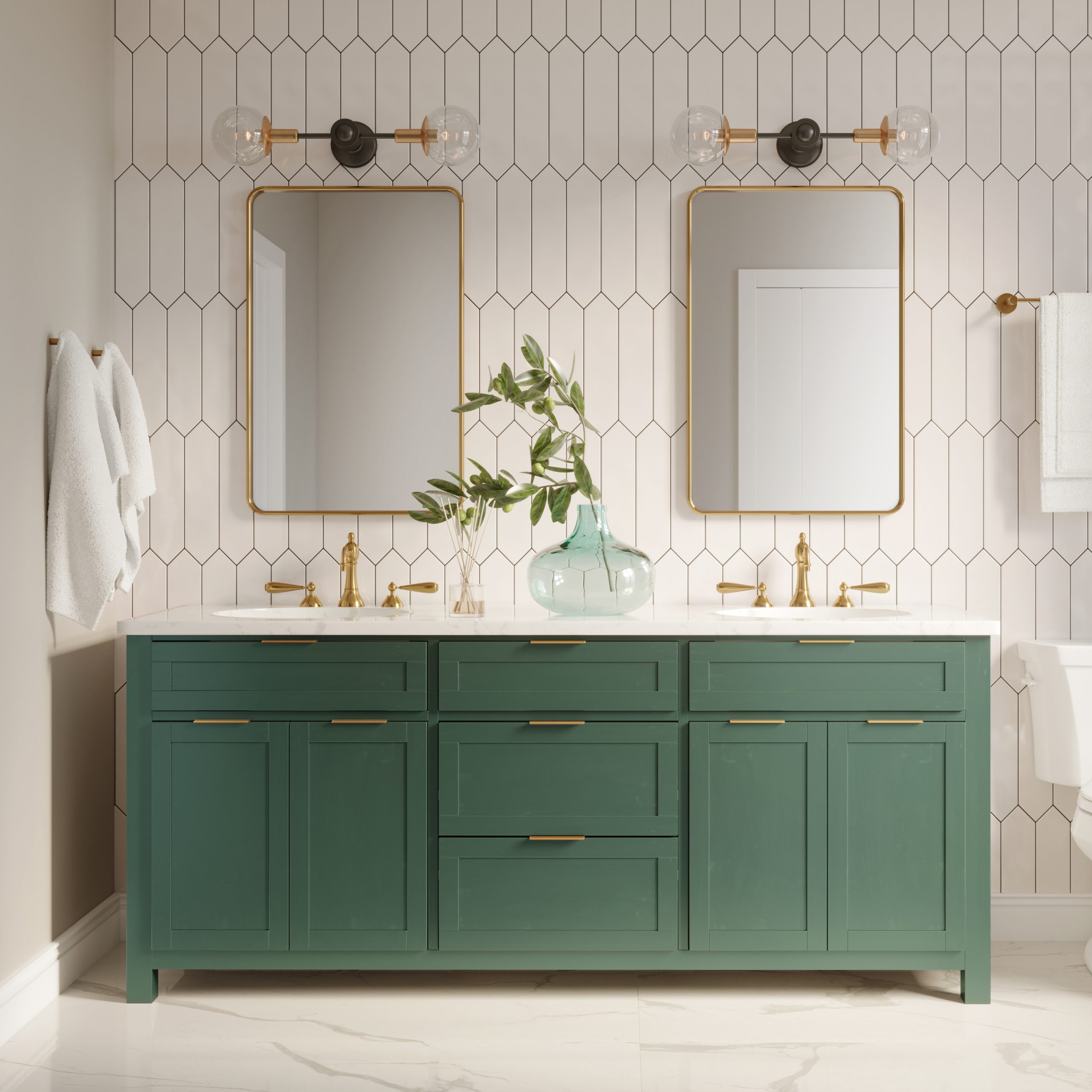When it comes to designing a space, many people focus on the color of the walls, the furniture, and the flooring. However, the ceiling is often overlooked. A well-designed ceiling can elevate the entire space, while a poorly designed one can make it feel cramped and claustrophobic. In this article, we will explore the importance of understanding the role of ceilings in interior design and provide some tips on how to design a beautiful and functional ceiling.
The Functions of Ceilings
Before diving into the design aspect of ceilings, it is important to understand their functions. Ceilings serve several purposes, including:
- Providing a barrier between the interior and exterior of the building
- Concealing electrical wires, plumbing, and HVAC ducts
- Creating a sense of height and space in a room
- Reducing noise pollution
- Emitting light through light fixtures
Ceiling Design Styles
There are several ceiling design styles to choose from, depending on the overall aesthetic of the space. Here are a few popular styles:
Tray Ceiling
A tray ceiling features a recessed center surrounded by a raised border. This design adds depth and dimension to a room and can also be used to create a focal point.
Coffered Ceiling
A coffered ceiling is made up of recessed panels separated by beams. This design adds a sense of sophistication and elegance to a room and can also create the illusion of height.
Vaulted Ceiling
A vaulted ceiling features a high point in the center that slopes downward toward the walls. This design creates a sense of grandeur and can also make a small room feel more spacious.
Materials for Ceiling Design
Choosing the right materials for your ceiling is just as important as choosing the right design. Here are a few popular materials:
Wood
Wood is a popular material for ceilings because it adds warmth and texture to a space. It is also versatile and can be used in a variety of ceiling styles, from rustic to modern.
Metal
Metal ceilings are durable and easy to clean, making them a popular choice for commercial spaces. They can also add a sleek and modern look to residential spaces.
Gypsum
Gypsum is a versatile material that can be molded into a variety of shapes and designs. It is also fire-resistant and has excellent acoustic properties, making it a popular choice for theaters and music studios.
Lighting for Ceilings
Lighting is another important aspect of ceiling design. Here are a few popular options:
Recessed Lighting
Recessed lighting fixtures are installed into the ceiling and create a clean and modern look. They are also great for highlighting artwork and architectural features.
Pendant Lighting
Pendant lighting fixtures hang from the ceiling and can add a decorative element to a space. They are also great for task and ambient lighting.
Chandeliers
Chandeliers are a classic lighting option that can add elegance and drama to a space. They are great for large rooms with high ceilings.
When designing a space, it is important to consider the ceiling as an integral part of the overall design. Whether you choose a tray ceiling or a vaulted ceiling, wood or metal, recessed lighting or chandeliers, the ceiling can add depth, dimension, and sophistication to a space. By understanding the role of ceilings in interior design and selecting the right design, materials, and lighting, you can create a beautiful and functional space that looks and feels amazing.




